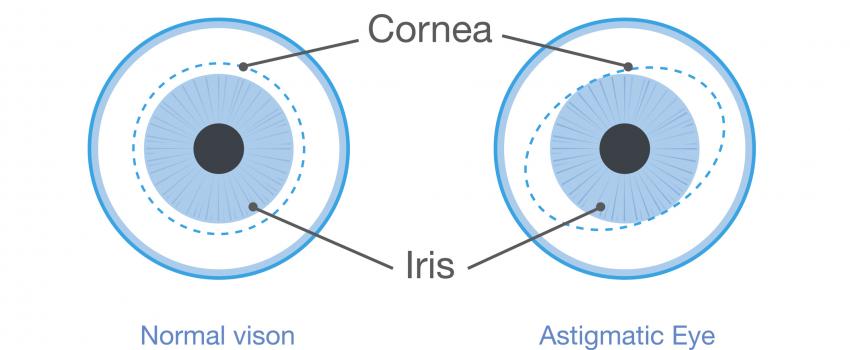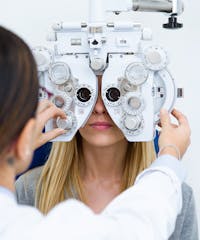
What are the symptoms of astigmatism?
Of the three refractive errors with human vision, astigmatism is the least understood. If you have myopia, you can’t see well at distance. If you have hyperopia, you’re far-sighted and have trouble up close. With astigmatism, the person’s vision can be blurred or distorted to some degree at all distances.
Because of this, people with astigmatism suffer from blurred vision, eye strain (from trying to force focus), headaches, squinting to try and overcome the distortions, and eye discomfort. These problems make it important for you to be sure your child has regular eye exams; astigmatism may be hindering his or her development in school.



